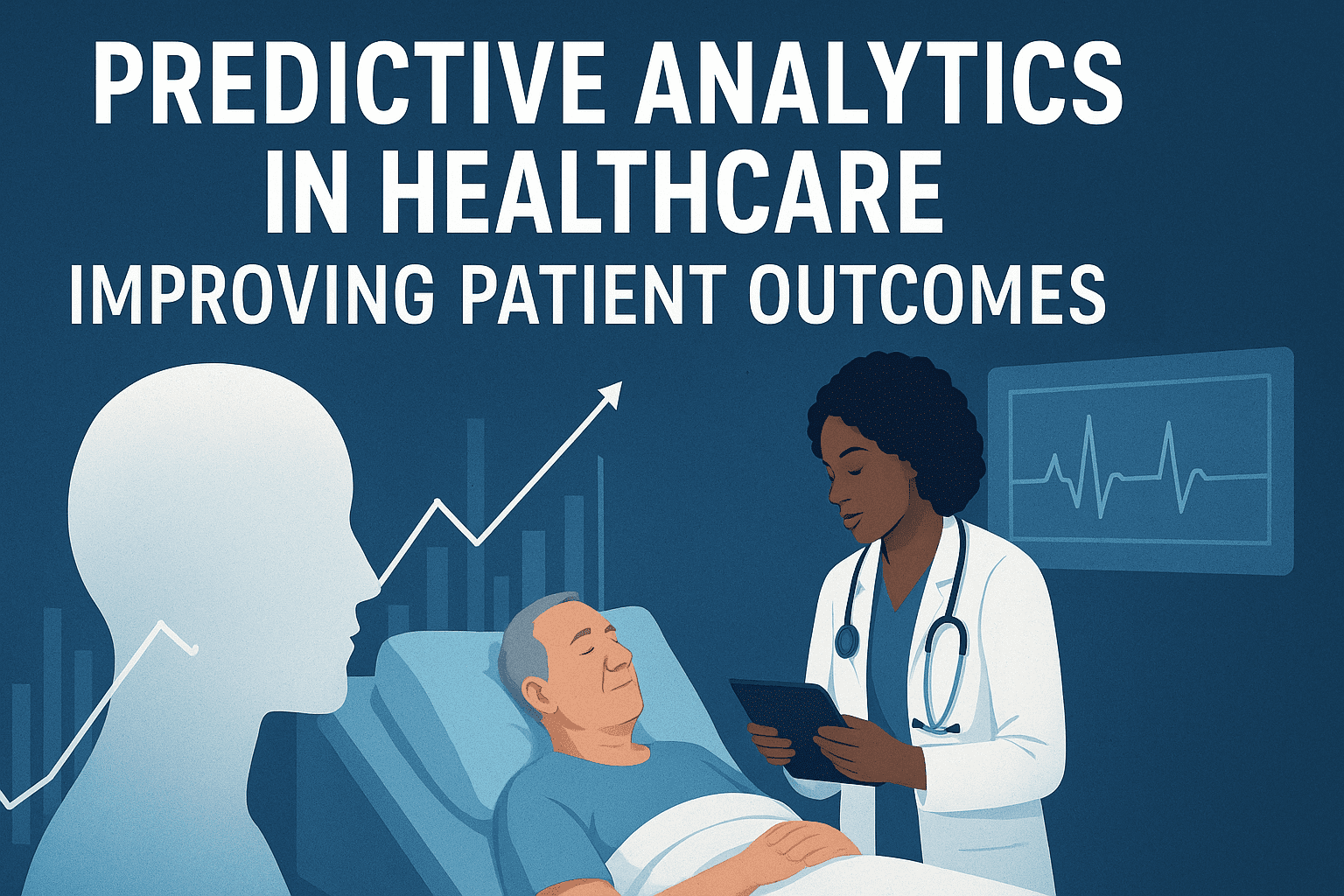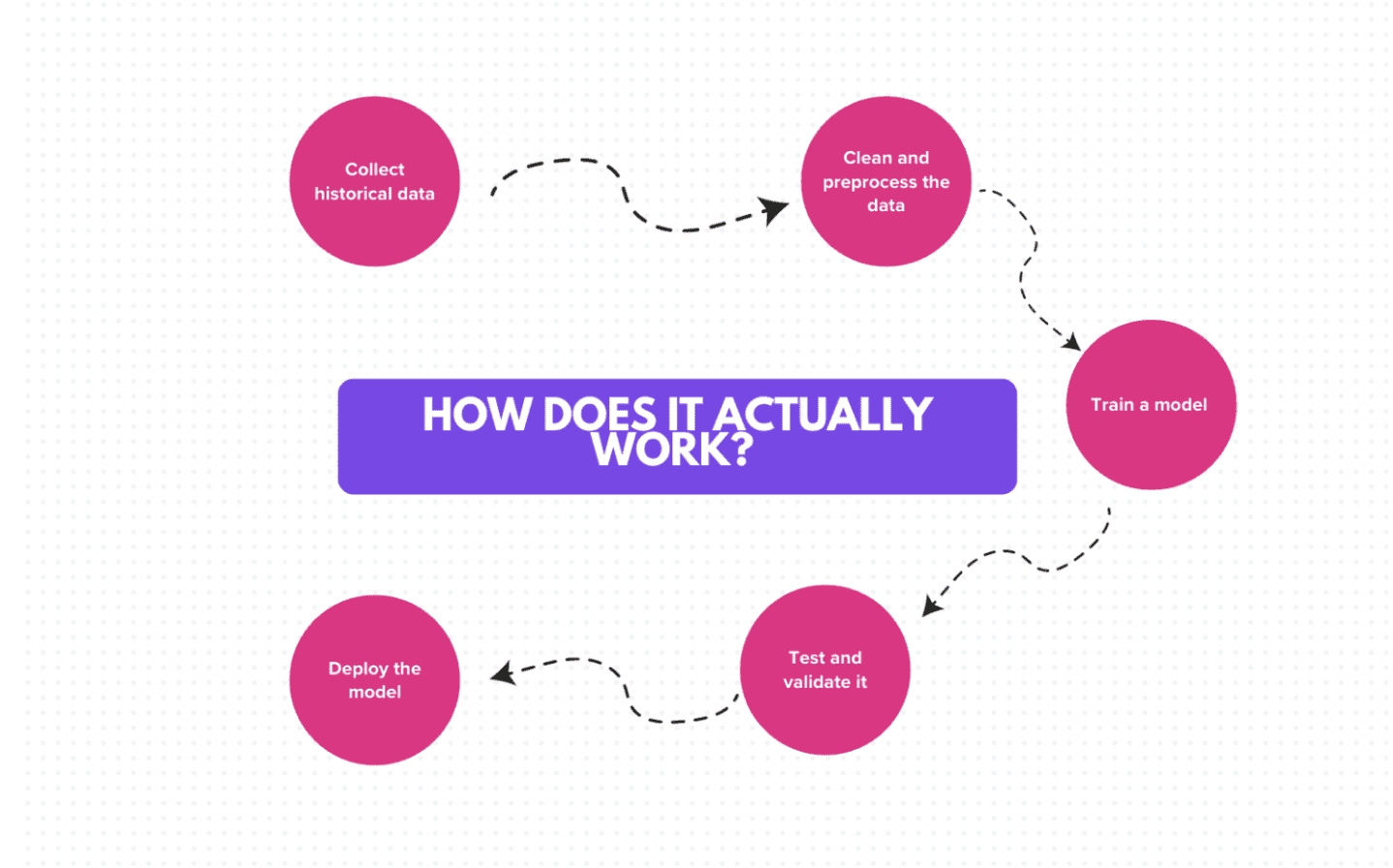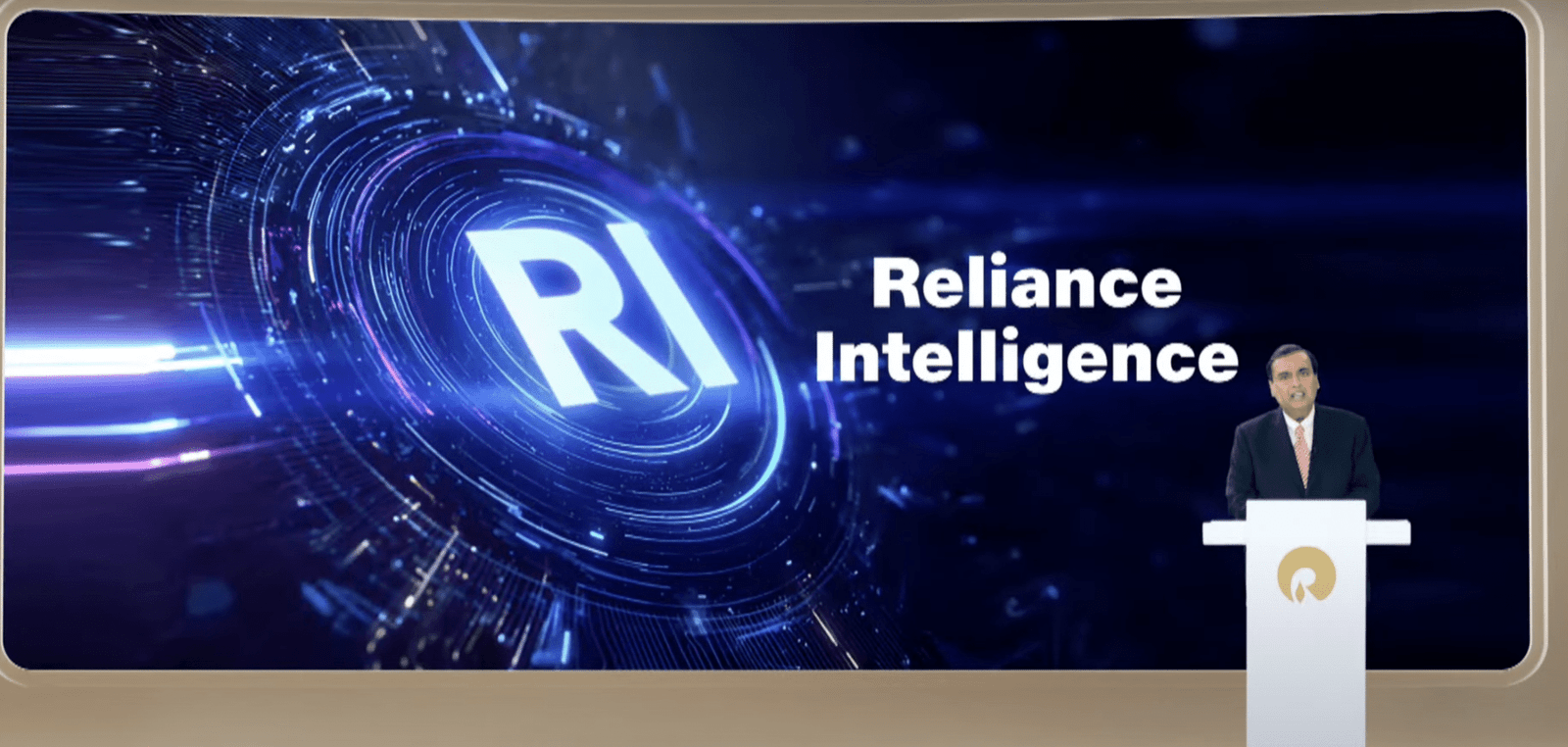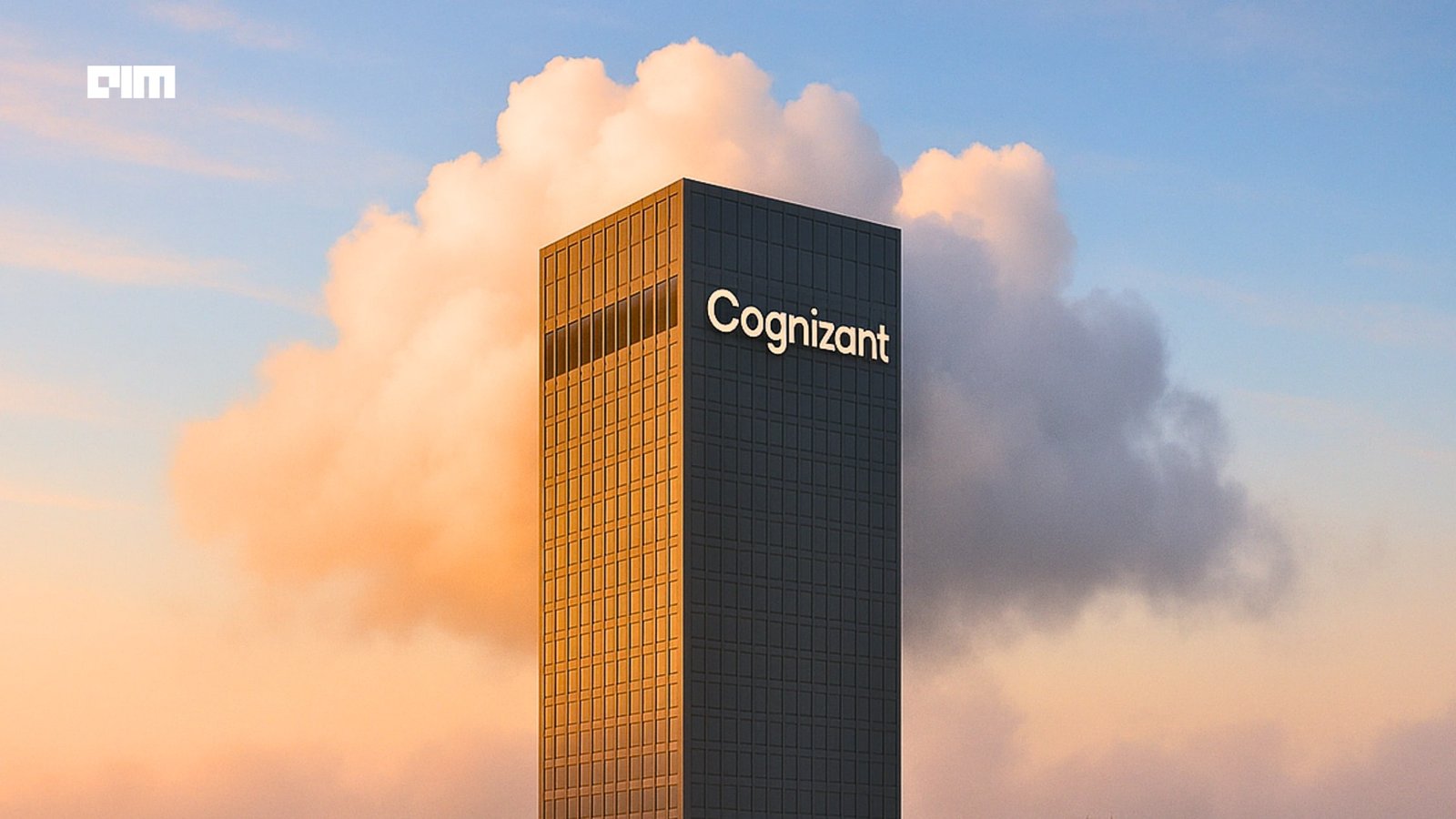Jobs & Careers
Predictive Analytics in Healthcare: Improving Patient Outcomes

 Image by Author
Image by AuthorWhen I first started learning about how data science and machine learning could be used outside of finance and marketing, healthcare immediately stood out to me. Not just because it’s a massive industry, but because it literally deals with life and death. That’s when I stumbled into something that kept popping up: predictive analytics in healthcare.
If you’re reading this, it’s likely because you’re wondering things like: Can data really help predict diseases? How are hospitals using this stuff today? Is it just hype, or does it actually improve patient care?
These are real questions, and today, I want to provide real answers, not buzzwords.
# What Is Predictive Analytics in Healthcare?
Predictive analytics in healthcare is simply using historical data to predict future outcomes. Think of it like this:
If a hospital sees that people with a certain pattern of test results often end up being readmitted within 30 days, they can create a system to predict who’s at high risk and take steps to prevent it.
That’s not science fiction. That’s happening right now.
// Why Predictive Analytics in Healthcare Matters
Predictive analytics is crucial in healthcare for several reasons:
- It saves lives by catching risks early
- It reduces costs by avoiding unnecessary treatment
- It improves outcomes by helping doctors make data-driven decisions
- It’s not the future — it’s already here
// Why Should Patients (and Healthcare Providers) Care?
I grew up seeing family members go to hospitals where care was reactive. Something goes wrong, then you treat it. But what if we could flip that?
Imagine:
- Spotting a potential diabetic condition before it fully develops
- Preventing unnecessary surgeries by recognizing warning signs earlier
- Cutting emergency room overcrowding by predicting and managing patient flow
- Saving lives by identifying people at high risk of heart attacks or strokes early
Predictive analytics can do this, and it’s already doing it in many hospitals worldwide.
// Benefits of Predictive Analytics in Healthcare
The key benefits of predictive analytics in healthcare include early intervention, personalized care, cost savings, and improved efficiency.
- Early Intervention: It catches problems before they spread
- Personalized Care: It tailors treatments to individual patients
- Cost Savings: Preventing complications and reducing hospital readmissions
- Improved Efficiency: It helps hospitals allocate resources smartly
// Weaknesses of Predictive Analytics in Healthcare
Let’s talk about the weaknesses. No tool is flawless, and predictive analytics has its challenges:
- The Problem of Data Quality: If the data fed into the system is incomplete or biased, the predictions can be off
- Privacy Concerns: Patients worry about their health data being misused or hacked
- Over-Reliance Risk: Doctors might lean too heavily on algorithms and miss human intuition
- High Costs: Setting up these systems can be very costly, which can be a financial hurdle for smaller clinics
# Real-World Example: Predicting Patient Readmission
Hospitals lose a ton of money on patients who get discharged, only to return within a few weeks. With predictive analytics, software tools can now analyze things like:
- Age
- Number of prior visits
- Lab test results
- Medication adherence
- Socioeconomic data (yep, even ZIP codes)
From there, it can predict if a patient is likely to be readmitted and alert care teams to intervene early.
This isn’t about replacing doctors. It’s about giving them better tools.
# How Does It Actually Work? (For the Curious)
If you’re technically adept, here’s the simplified version of how predictive models in healthcare usually work:


A simplified workflow for predictive analytics in healthcare. | Image by Author
- Collect Historical Data – No analysis can be performed or model built without data. This data can come from various sources like Electronic Health Records (EHRs), lab tests, and insurance claims.
- Clean and Preprocess the Data = Because healthcare data is often messy, it needs to be cleaned and preprocessed before being used to train a model.
- Train a Model – This step involves using machine learning algorithms like logistic regression, decision trees, or neural networks to learn patterns from the data.
- Test and Validate the Model – At this stage, you must ensure the model is accurate and check for issues like false positives or bias.
- Deploy the Model – The validated model can be integrated into a hospital’s workflow to make real-time predictions. Some hospitals even integrate these models into mobile apps for doctors and nurses, providing simple alerts like, “Hey, keep an eye on this patient.”
# Frequently Asked Questions (FAQs)
Q: Is this safe?
A: Great question. It’s only as safe as the data it’s trained on. That’s why transparency and bias mitigation are critical. A bad model can do more harm than good.
Q: What about patient privacy?
A: Data is usually anonymized and handled under strict regulations like the Health Insurance Portability and Accountability Act (HIPAA) in the U.S. But yes, this is a major concern — and something the tech industry still needs to improve on.
Q: Can small clinics use this too?
A: Absolutely. You don’t need to be a billion-dollar hospital. There are now lightweight solutions and open-source tools that even local practices can start experimenting with.
# Final Thoughts
This article has introduced you to the concept of predictive analytics. This concept has the potential to help doctors detect problems at early stages, streamline processes, and tailor treatments to save patients’ lives while also reducing costs.
I believe the future of healthcare is proactive. As the saying goes, the best care isn’t about waiting for a crisis — it’s about preventing one. This is why I believe so strongly in this topic.
For your next steps, consider exploring predictive analytics tools such as scikit-learn and Jupyter Notebook. You can apply various machine learning algorithms to your next project — perhaps even for your clinic or hospital. Feel free to share this article with a friend.
Shittu Olumide is a software engineer and technical writer passionate about leveraging cutting-edge technologies to craft compelling narratives, with a keen eye for detail and a knack for simplifying complex concepts. You can also find Shittu on Twitter.
Jobs & Careers
NVIDIA Reveals Two Customers Accounted for 39% of Quarterly Revenue

NVIDIA disclosed on August 28, 2025, that two unnamed customers contributed 39% of its revenue in the July quarter, raising questions about the chipmaker’s dependence on a small group of clients.
The company posted record quarterly revenue of $46.7 billion, up 56% from a year ago, driven by insatiable demand for its data centre products.
In a filing with the U.S. Securities and Exchange Commission (SEC), NVIDIA said “Customer A” accounted for 23% of total revenue and “Customer B” for 16%. A year earlier, its top two customers made up 14% and 11% of revenue.
The concentration highlights the role of large buyers, many of whom are cloud service providers. “Large cloud service providers made up about 50% of the company’s data center revenue,” NVIDIA chief financial officer Colette Kress said on Wednesday. Data center sales represented 88% of NVIDIA’s overall revenue in the second quarter.
“We have experienced periods where we receive a significant amount of our revenue from a limited number of customers, and this trend may continue,” the company wrote in the filing.
One of the customers could possibly be Saudi Arabia’s AI firm Humain, which is building two data centers in Riyadh and Dammam, slated to open in early 2026. The company has secured approval to import 18,000 NVIDIA AI chips.
The second customer could be OpenAI or one of the major cloud providers — Microsoft, AWS, Google Cloud, or Oracle. Another possibility is xAI.
Previously, Elon Musk said xAI has 230,000 GPUs, including 30,000 GB200s, operational for training its Grok model in a supercluster called Colossus 1. Inference is handled by external cloud providers.
Musk added that Colossus 2, which will host an additional 550,000 GB200 and GB300 GPUs, will begin going online in the coming weeks. “As Jensen Huang has stated, xAI is unmatched in speed. It’s not even close,” Musk wrote in a post on X.Meanwhile, OpenAI is preparing for a major expansion. Chief Financial Officer Sarah Friar said the company plans to invest in trillion-dollar-scale data centers to meet surging demand for AI computation.
The post NVIDIA Reveals Two Customers Accounted for 39% of Quarterly Revenue appeared first on Analytics India Magazine.
Jobs & Careers
‘Reliance Intelligence’ is Here, In Partnership with Google and Meta

Reliance Industries chairman Mukesh Ambani has announced the launch of Reliance Intelligence, a new wholly owned subsidiary focused on artificial intelligence, marking what he described as the company’s “next transformation into a deep-tech enterprise.”
Addressing shareholders, Ambani said Reliance Intelligence had been conceived with four core missions—building gigawatt-scale AI-ready data centres powered by green energy, forging global partnerships to strengthen India’s AI ecosystem, delivering AI services for consumers and SMEs in critical sectors such as education, healthcare, and agriculture, and creating a home for world-class AI talent.
Work has already begun on gigawatt-scale AI data centres in Jamnagar, Ambani said, adding that they would be rolled out in phases in line with India’s growing needs.
These facilities, powered by Reliance’s new energy ecosystem, will be purpose-built for AI training and inference at a national scale.
Ambani also announced a “deeper, holistic partnership” with Google, aimed at accelerating AI adoption across Reliance businesses.
“We are marrying Reliance’s proven capability to build world-class assets and execute at India scale with Google’s leading cloud and AI technologies,” Ambani said.
Google CEO Sundar Pichai, in a recorded message, said the two companies would set up a new cloud region in Jamnagar dedicated to Reliance.
“It will bring world-class AI and compute from Google Cloud, powered by clean energy from Reliance and connected by Jio’s advanced network,” Pichai said.
He added that Google Cloud would remain Reliance’s largest public cloud partner, supporting mission-critical workloads and co-developing advanced AI initiatives.
Ambani further unveiled a new AI-focused joint venture with Meta.
He said the venture would combine Reliance’s domain expertise across industries with Meta’s open-source AI models and tools to deliver “sovereign, enterprise-ready AI for India.”
Meta founder and CEO Mark Zuckerberg, in his remarks, said the partnership is aimed to bring open-source AI to Indian businesses at scale.
“With Reliance’s reach and scale, we can bring this to every corner of India. This venture will become a model for how AI, and one day superintelligence, can be delivered,” Zuckerberg said.
Ambani also highlighted Reliance’s investments in AI-powered robotics, particularly humanoid robotics, which he said could transform manufacturing, supply chains and healthcare.
“Intelligent automation will create new industries, new jobs and new opportunities for India’s youth,” he told shareholders.
Calling AI an opportunity “as large, if not larger” than Reliance’s digital services push a decade ago, Ambani said Reliance Intelligence would work to deliver “AI everywhere and for every Indian.”
“We are building for the next decade with confidence and ambition,” he said, underscoring that the company’s partnerships, green infrastructure and India-first governance approach would be central to this strategy.
The post ‘Reliance Intelligence’ is Here, In Partnership with Google and Meta appeared first on Analytics India Magazine.
Jobs & Careers
Cognizant, Workfabric AI to Train 1,000 Context Engineers

Cognizant has announced that it would deploy 1,000 context engineers over the next year to industrialise agentic AI across enterprises.
According to an official release, the company claimed that the move marks a “pivotal investment” in the emerging discipline of context engineering.
As part of this initiative, Cognizant said it is partnering with Workfabric AI, the company building the context engine for enterprise AI.
Cognizant’s context engineers will be powered by Workfabric AI’s ContextFabric platform, the statement said, adding that the platform transforms the organisational DNA of enterprises, how their teams work, including their workflows, data, rules, and processes, into actionable context for AI agents.Context engineering is essential to enabling AI a
-
Tools & Platforms3 weeks ago
Building Trust in Military AI Starts with Opening the Black Box – War on the Rocks
-

 Ethics & Policy1 month ago
Ethics & Policy1 month agoSDAIA Supports Saudi Arabia’s Leadership in Shaping Global AI Ethics, Policy, and Research – وكالة الأنباء السعودية
-

 Business2 days ago
Business2 days agoThe Guardian view on Trump and the Fed: independence is no substitute for accountability | Editorial
-

 Events & Conferences3 months ago
Events & Conferences3 months agoJourney to 1000 models: Scaling Instagram’s recommendation system
-

 Jobs & Careers2 months ago
Jobs & Careers2 months agoMumbai-based Perplexity Alternative Has 60k+ Users Without Funding
-

 Funding & Business2 months ago
Funding & Business2 months agoKayak and Expedia race to build AI travel agents that turn social posts into itineraries
-

 Education2 months ago
Education2 months agoVEX Robotics launches AI-powered classroom robotics system
-

 Podcasts & Talks2 months ago
Podcasts & Talks2 months agoHappy 4th of July! 🎆 Made with Veo 3 in Gemini
-

 Podcasts & Talks2 months ago
Podcasts & Talks2 months agoOpenAI 🤝 @teamganassi
-

 Mergers & Acquisitions2 months ago
Mergers & Acquisitions2 months agoDonald Trump suggests US government review subsidies to Elon Musk’s companies

